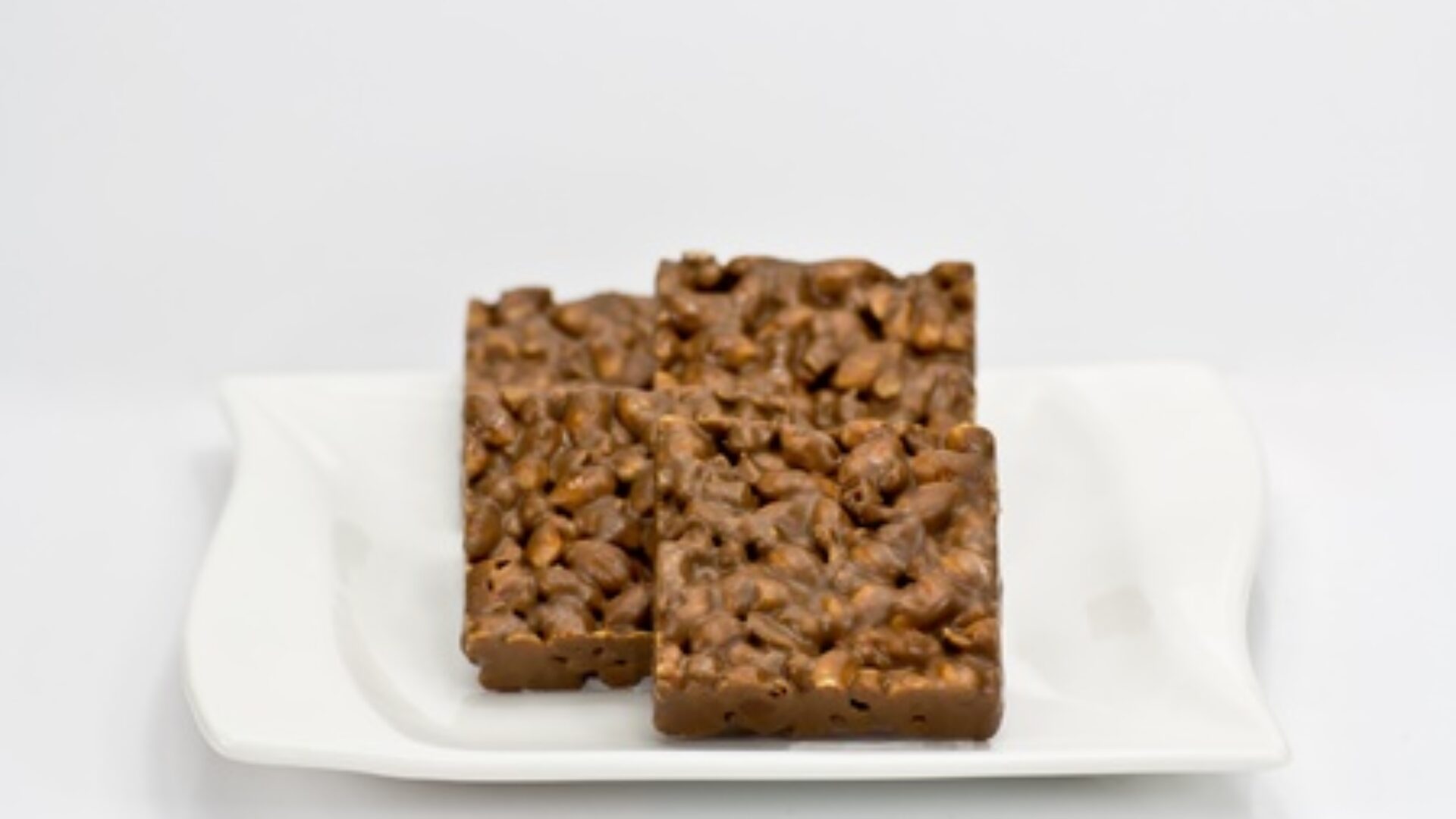Liquid Soap, Harmless or Hazardous?
Not too long ago while visiting a relative’s house, I began to wash my hands with the liquid soap provided in the attractive dispenser. After being taken a back by the strong perfume smell, and I tried to re-wash to remove the overpowering smell to no avail. Finally with the use of some vinegar, I was able to eliminate the strong perfume smell. Next, I found the actual container to determine the ingredient list and was horrified! Consider how many times per day you are using this to “clean” you hands but in fact you could be adding more toxins to your body and environment. This moment reinforced…

